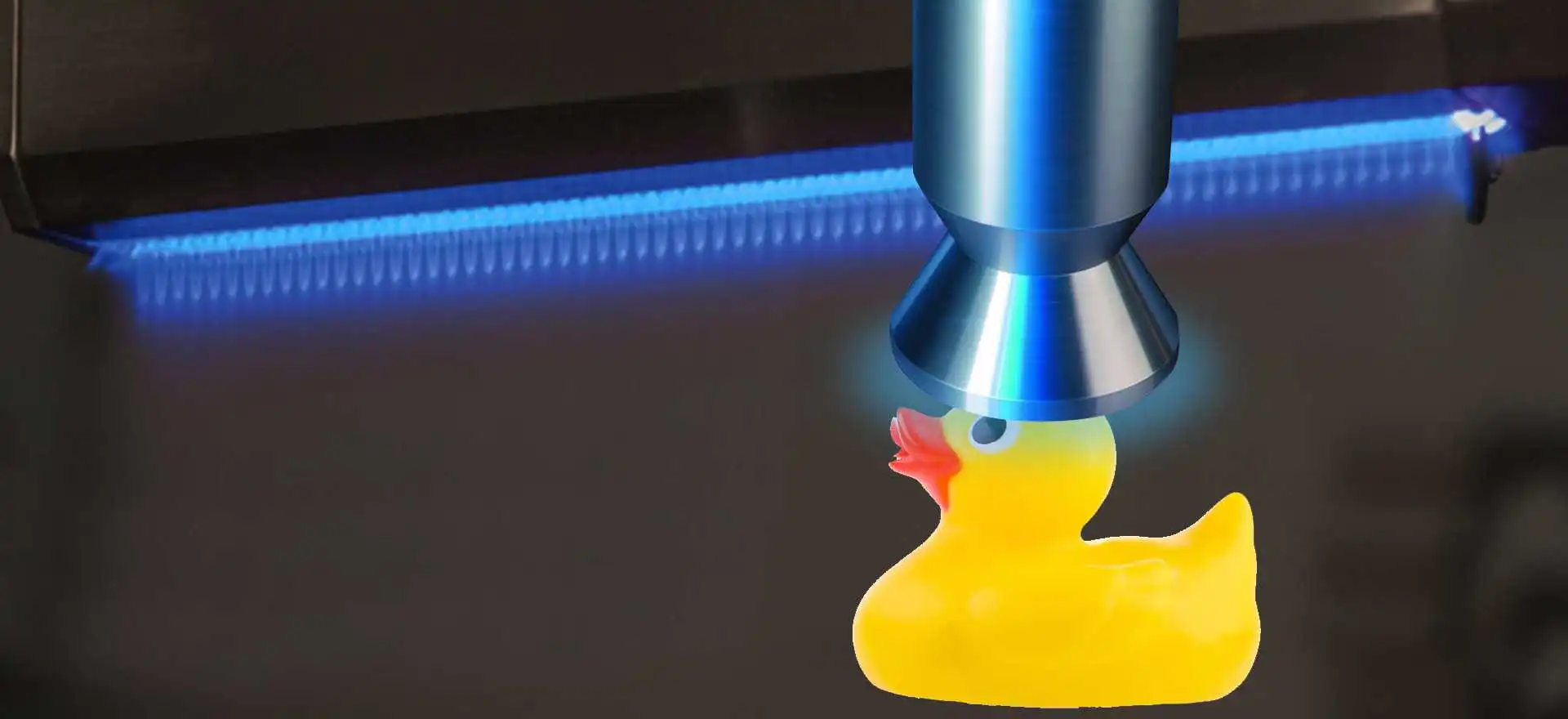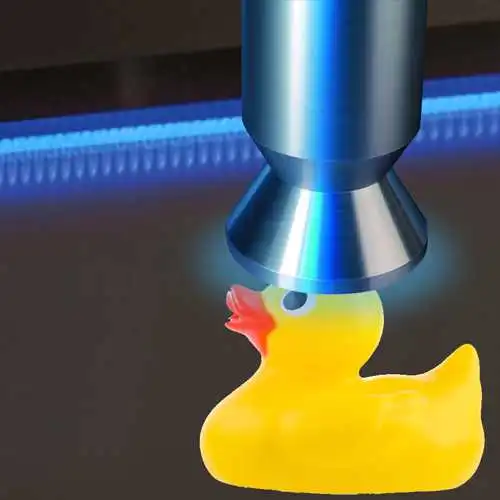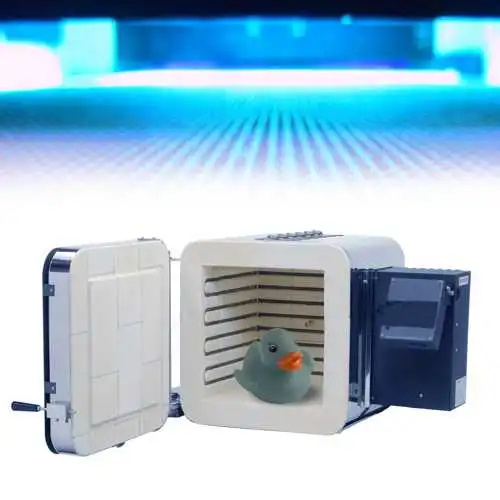
Pre & Post Treatment for Printing

Pre-treatment
All plastics have a natural dyne level or surface tension that will determine how easy or how difficult it will be to achieve good adhesion. In order for the ink to adhere well, the surface tension of the substrate needs to be higher than that of the ink. Polycarbonate, ABS and Styrene have natural surface tensions higher than the ink while polypropylene (PP), nylon (PA) and polyethylene (PE) have lower surface tensions than the ink. These substrates need to be pre-treated before printing. It is a good idea to wipe the surface with isopropyl alcohol to remove oils or residues, prior to pad printing any parts. Following are the pre-treatment techniques to raise the surface tension-
Flame
Flame treatment is very common pre-treatment technique used to increase adherability and wettability to a number of polymers including polyolefin and polyvinyl fluoride. Flame treatment uses heat to oxidize the surface of polymers to activate polar reactive groups (hydroxyl & carboxyl), which basically improves surface free energy. Due to improvement of surface free energy the adherability and wettability of the polymer or substrate increases.
The printing surface or substrate needs to be passed under an open flame. The flame intensity and length of time are the important factor and are dependent on substrate specific. The flame system consists of gas and air control valves to control the pressure at optimum level.
Plasma & Corona Discharge
Corona discharge is basically plasma surface treatment and is also known as “air plasma”. Corona treatment is achieved by applying high voltage spark (5 to 15 kV) at frequencies between 15 to 30 kHz to small diameter electrode. The spark creates visible plasma that has capability to ionize the air around it.
While a substrate is treated with corona treatment, these ions and electrons are bombarded on the substrate to increase the static charge or surface free energy. This also results in increase surface tension of the substrate. Corona treatment is used to increase wettability and adherability of many substrates like nylon, polypropylene, polyvinyl fluoride etc. The corona treatment is preferred over flame treatment because there is no open flame involved.
Post-treatment
The main purpose for treating components after the printing process is to reduce the curing time. Post-treatment, or curing, is usually used in applications where the components will undergo additional processing within a relatively short time. Post treatment increases the rate of polymerization of many polymers including polypropylene, polyethylene and poly vinyl chloride.
Folowing are the post-treatment techniques generally used in the printing industries
Oven curing
Generally oven curing is used to cure printing inks/paints on substrate like metals, glass and some plastics. For plastics, oven curing helps in polymerization. Polymerization is a process of formation of complex polymer chains from monomers.
Polymerization occurs in polymers like polyethylene, polypropylene and poly vinyl chloride etc. Oven curing imparts high strength bonds between monomers and also encourages it to grow in high temperature environments.
Hot air gun treatment
Hot air gun is used to post-treat of material by blowing a hot air stream of approximately high temperature for 2-3 seconds as per requirements, just after the printing.
Infrared dryer
Infrared dryer consists of IR lamps and air blades. The IR radiation is electromagnetic wave that lies above the visible range in the spectrum. IR dryer has high end infrared radiators as heating source and have various advantages over other dryer such as high efficiency, low response time, uniform heating tendency, low energy consumption, green technology and have very compact design.
The air blades are used to distribute the heat uniformly on the substrate for quick curing of inks. The lamps power can be optimized as per the requirement on specific substrate.
U.V dryer
The UV dryer uses UV lamps as heat energy source. The UV radiation lies in the visible range of spectrum in the wavelengths of 200 to 480 nm. UV energy has tendency to cure inks/paints/coatings in very short span of time i.e. within fraction of a second.
The main components of UV dryer include: UV lamps, reflectors, lamp housings, a cooling system and electronic control system. UV dryer is generally used in rotary screen-printing or where very fast drying system is required.
Note: We have the best pre-treatment and post treatment units and we are the expert in seamless integration of these systems into your current running production process or for new machine developments.
Selection of the best-suited Pre/Post-treatment method will depend upon the chemical composition of the inks/paints/coatings, surface dyne level and other factors. We provide you the proper guidance in selection of these pre-& post treatments for your specific material.

